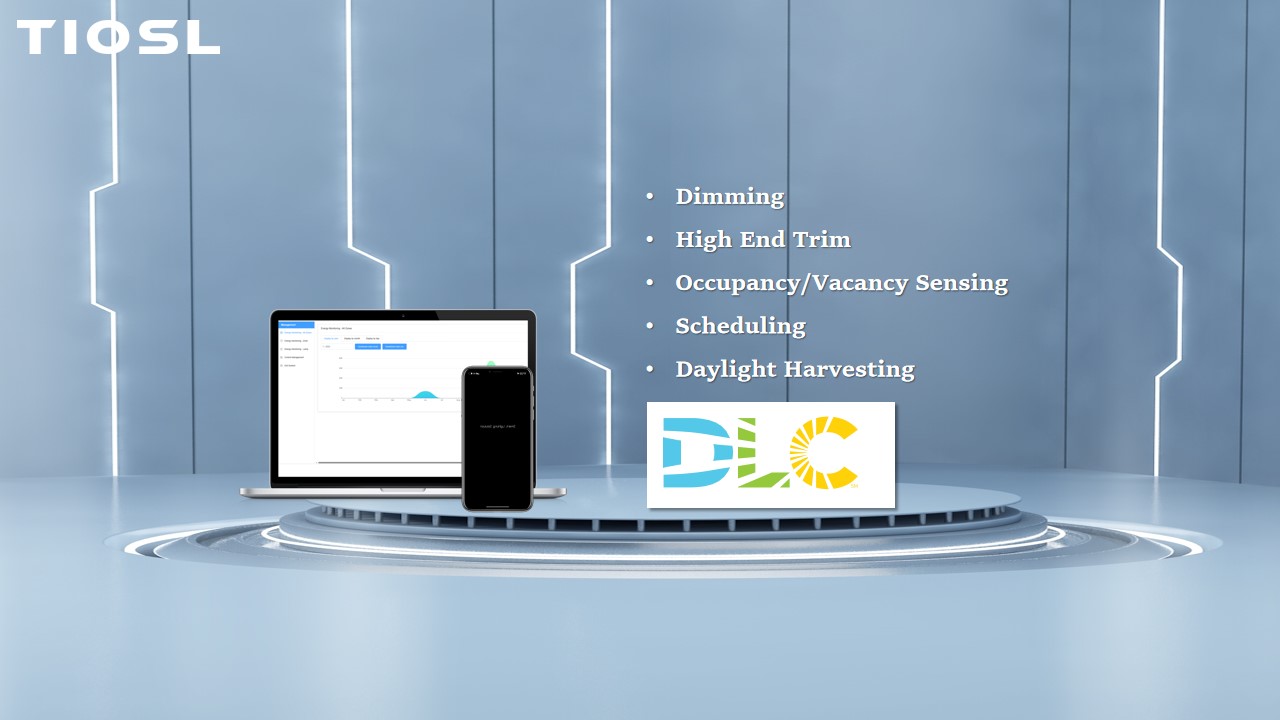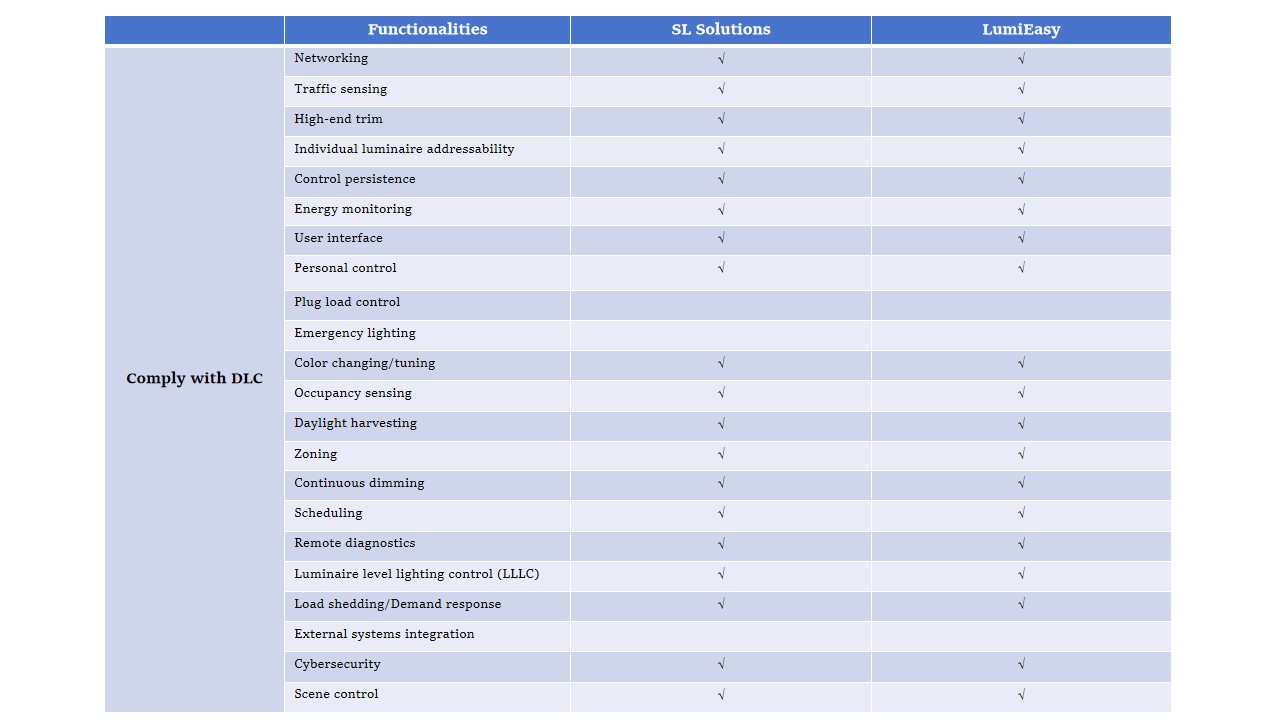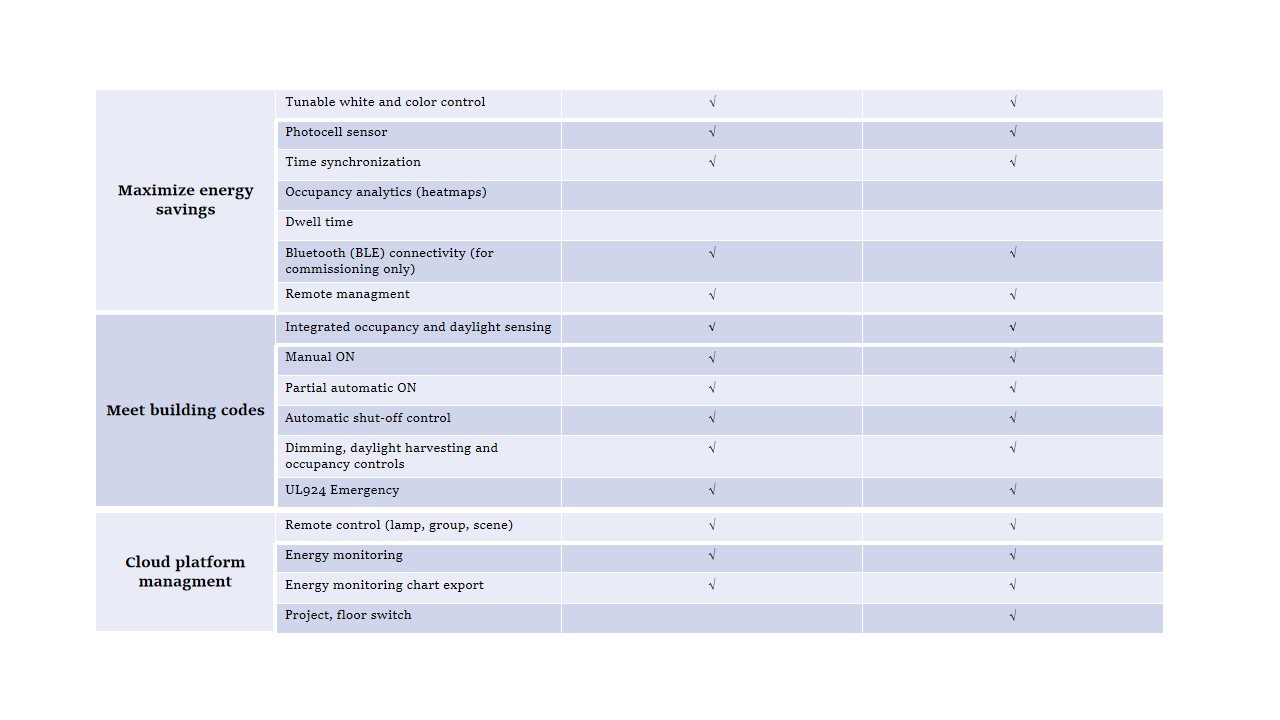Time:2024-09-06 Views:1
As networked lighting controls (NLCs) become more common in commercial and industrial buildings, so do questions surrounding these systems and how to best use them to apply lighting control strategies.

5 Basic Networked Lighting Control Strategies:
1. Dimming: Dimming is the process of incrementally reducing the light output of a fixture to produce a smooth visual transition.
2. High End Trim High end trim, sometimes referred to as ‘task tuning’, is the process of setting the maximum light level that the space occupant or everyday user can access.
3. Occupancy/Vacancy Sensing Occupancy/vacancy sensing is the process of using devices that detect human presence (occupancy), or the absence of human presence (vacancy), to turn on or off the lights in a space.
4. Scheduling Scheduling is the process of turning lighting on or off according to predetermined times of day or night.
5. Daylight Harvesting Daylight harvesting, also known as daylight dimming, or simply daylighting, is the process of lowering electric lighting levels in response to available natural light from a window or skylight, with the goal of maintaining a steady minimum light level.
NLC Functionalities Overview of SL Solution and LumiEasy


